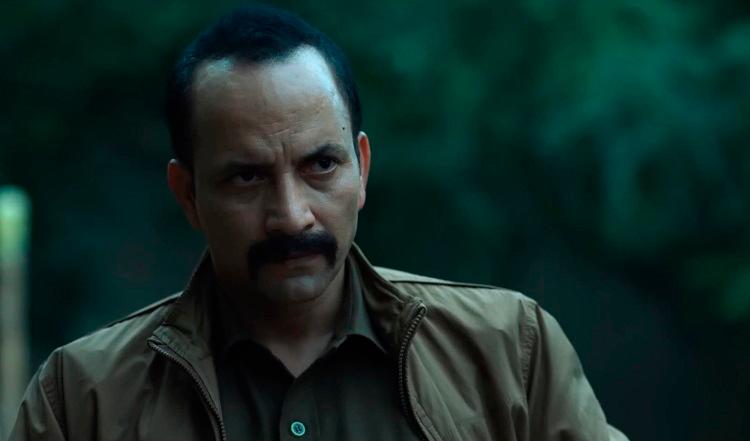THE North Indian cinema brings out yet another one of its disturbing thrillers rooted in a real criminal case. Kill was a brutal growth spurt in Indian action filmmaking and now Netflix’s Sector 36 is aiming for the jugular of eminent crime and psychological thrillers such as Silence of the Lambs and Seven.
Bold in its macabre storytelling involving children and women, with an unflinching portrayal of the historically documented ineptitude of the Indian police force, Sector 36 is not for those with a weak stomach.
Based on the violent child murders that took place in Uttar Pradesh, India in 2006, the film sees corrupt sub-inspector Ram Charan Pandey (Deepak Dobriyal) slowly come to his senses after his daughter is nearly abducted by a stranger.
Realising there is a pattern to the missing children from Sector 36, an immigrant slum housing area, to a missing young adult woman and his daughter’s near-abduction, Ram begins investigating the politically-connected businessman Balbir Singh Bassi (Akash Khurana) and his servant Prem Singh (Vikrant Massey).

Chilling adaptation
The real life case the movie is based on was a sickening one and it is impressive how director Aditya Nimbalkar and screenwriter Bodhayan Roychaudhury has managed to export the information he extracted from gruesome news and tabloid coverage into a film format. Bodhayan adapts facts such as the suspects, the victims, the nature of the crime, how the police spectacularly bungled their investigation but also injects fictional aspects such as the character of Prem, the mixing of both the factual with tabloid conjecture in the film’s final 20 minutes.
Sector 36’s cinematography also stays consistently at the highest levels of non-western filmmaking. Cinematographer Saurabh Goswami does some unholy things with how he filmed every scene and sequence, from the shot compositions to how he uses the lighting. It is nauseating how the film looks as good as it does when the subject matter is about the darkest of subjects.
However, none of what the filmmakers chose to create Sector 36 would not have worked without strong performances by Deepak and Vikrant.
The former’s performance as Ram is a delicate balancing act full of subtle nuances while Vikrant goes in an entirely different direction, portraying the many masks that Prem wears until everything slips away, revealing the monster underneath.
Like Longlegs earlier this year, the film has an excellent interrogation scene with both actors at their best. Unlike the horror-thriller, Sector 36’s scene will make the viewer’s blood boil, regardless of whether they are parents or not
Perpetrators over victims
Despite its many strengths, Sector 36 has the same problem that other “based on a real serial killer” films and television series have: it does not care or fails to capture the story of the victims and their families.
For most of the film, it revolves around Ram and Prem, along with India’s famously corrupt police. There is very little focus on the children other than a brief vignette of them saying their names before slipping into the obscurity of being faceless victims in a gruesome crime spree.
Even if it fumbled with the latter, Sector 36 is still a surprisingly extraordinary film from modern Indian cinema.
It is hoped the film’s legacy is to not inspire more movies that continues the trend of putting too much focus on criminals. Certainly more needs to be done to highlight the victims of India’s multitude of horrifying crimes, often buried deep under an avalanche of corruption.
Sector 36 is streaming on Netflix.









